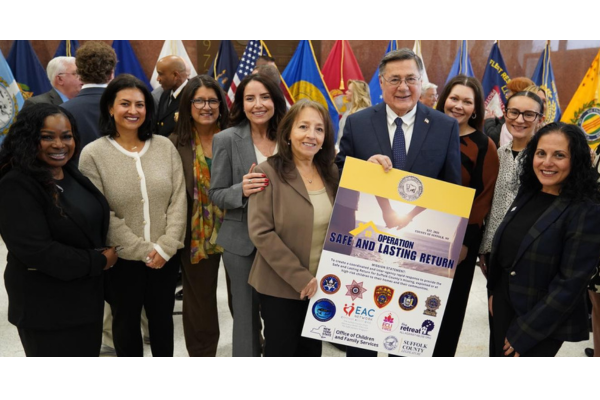There are resources to help you and your children cope with recent news on mass shootings. Please know that this is a difficult time for everyone, especially for children. Here are a number of links to support you and them:
- Want to Prevent Gun Violence? Start at Home and Start Early!: Erin Fairchild, MSW (Collective Action Consulting) and Juan Carlos Areán, Ph.D. (Futures Without Violence) discuss the connection between gender based violence with other forms of violence and the need for educating children and communities through an intersectional lens.
- Empowering Young People in the Aftermath of Hate: In English and en Español): Feelings of fear, powerlessness and vulnerability are common experiences whenever acts of hatred, terrorism, or mass shootings occur, and feelings are personally compounded when the perpetrators are targeting a specific group of people to which we may identify. Children and teens are not immune to these feelings, but adults can help by providing information that answers their questions, giving them opportunities to express how they feel, reassuring them that adults in their lives are working to keep them safe, and helping them channel their feelings into positive actions in their own lives and communities.
- Children’s Responses to Trauma: Resource for victims and survivors of gun violence. Talking to children and adolescents about gun violence may be unavoidable in today’s climate, especially when it’s impacted you and your family. Here are some things you might want to consider.
- Talking to Children About Terrorism: Children may experience challenging emotions when faced with stress resulting from exposure to terrorist acts or mass violence. From the tragedy of Sept. 11 to mass shootings at schools or public places to terrorist events that occur in other parts of the world, exposure to terrorism and its graphic results is a difficult experience for many children. Parents and other adults can best support children through kindness, understanding and reassurance. Click the link to download the PDF.
- Parent Guidelines For Helping Youth After Mass Violence Attack: Offers parents guidance on helping their children after a mass violence event. This fact sheet describes common reactions children may have, how parents can help them, and self-care tips after a violent event. Click Here to download the PDF.
- Talking to Children about the Shooting (2014): The National Child Traumatic Stress Network – Shooting can evoked many emotions—sadness, grief, helplessness, anxiety, and anger. Children who are struggling with their thoughts and feelings about the stories and images of shootings may turn to trusted adults for help and guidance.
- Sesame Street in Communities: Sesame Street resources for adults supporting young children understand and cope with the effects of violence. Resources aim to help children feel safer and more secure.
- 15 Tips for Talking with Children About Violence: ¡Colorín Colorado! (A bilingual site for educators and families of English language learners) – Suggestions for adults and caregivers to provide guidance on how to talk about school violence or violence in a community, discuss events in the news, and help children feel safe in their environment.
- The National Association of School Psychologists (NASP) tips for parents and educators to talk with children about violence.
- Common Sense Media offers How to Talk to Kids About School Shootings by taking an age-based approach to discuss news of school shootings with kids.
- The American Psychological Association (APA) recommends honesty with children – acknowledging that bad things do happen, but reassuring them with the information that many people are working to keep them safe, including their parents, teachers, and law enforcement.
- The Horrific Mass Shooting in Buffalo: How to Talk with Young People, from the Anti-Defamation League.
